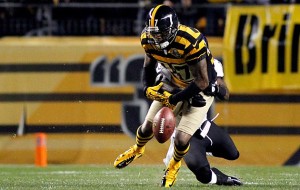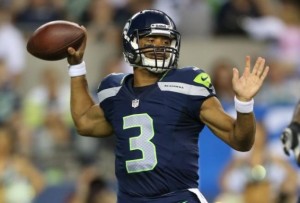In late October 2017, I wrote an article about Adam Gase and the Miami Dolphins. Here was the introduction:
Adam Gase was hired as the Dolphins head coach last year. His tenure with the team has been both successful and underwhelming, which is pretty hard to do. The Dolphins are 14-9 under Gase, tied with the Packers for the 8th-best record in the NFL. It feels hard to imagine, but Miami has a better record than Philadelphia or Denver since 2016, and has as many wins as the Falcons.
On the other hand, Miami has a -77 points differential, which is the 7th-worst in the league. That’s a very stark difference: most teams have records that are proportional to their points differential, but not Miami. Tennessee (11th in record, 20th in points differential) and Houston (14th, 23rd) are the next two biggest outliers in that direction, with winning percentage ranks that are 9 slots better than their points differential ranks; Miami is at +17.5, by being tied for 8th in record and 26th in points differential. The Saints (t-19th; 8th), Jaguars (29th; 19th), and Chargers (t-27th; 18th) are the biggest underachievers by this method.
That article was written following week 8 of the 2017 season, roughly the halfway point of Gase’s tenure with the team. What happened since? Miami went from 14-9 with a -77 points differential to 9-16 with a -166 points differential. In some ways, though, the Dolphins still overachieved: the team ranked 29th in points differential from week 9, 2017 through the end of 2018, and 25th in winning percentage.
Gase was fired in Miami, but his legacy remains a bit complicated. Miami finished with the 29th-best points differential among the 32 teams during his 3-year tenure, but the 18th-best winning percentage. Now, you may say it doesn’t matter whether the Dolphins were the 18th best team or the 29th best team — neither is very good. But I do think that is a large enough distinction that it merits review.
That, of course, is because the New York Jets decided to hire Gase to become the team’s next coach. And we could look at this two ways: did he coach a terrible team that got lucky to have a few more wins than they should have (in which case Gase should be considered a bad coach), or did he oversee a talent-poor team and coached them up to win more often than they should have (in which case Case should be considered a good coach)?
From 2016 to 2018, Miami went 18-5 in games decided by 7 or fewer points, and 20-6 in games decided by 8 or fewer points. Both records were comfortably the best in the league. So, is that sparkling record in close games a positive for Gase — hey, he’s a great coach who wins when the talent level is close! — or a negative for Gase (he’s a terrible coach who is lucky his teams won as often as they did).
Unfortunately for Jets fans, nearly all the research on this subject suggests that a team’s record in close games is not reflective of skill, but of luck. The Jets have been terrible in close games in recent years, while Gase has been great: you would expect some regression to the mean in either instance, and I would project the Jets to be about .500 in close games during Gase’s tenure.
The bigger cause for concern, then, would be this: Gase went an almost unfathomable 3-19 in games decided by more than 8 points during his time in Miami.




